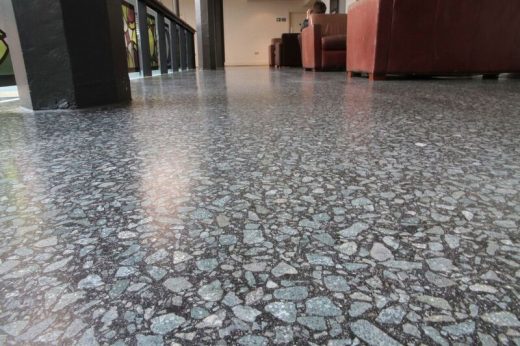By
KAUSHAL KISHORE
Materials Engineer, Roorkee
Many cities tend to expand, changing their original land and waterscapes so they become prone to flooding.
CAUSES OF FLOODING
1. Over population
In 1947 India’s population was 34 crores, now in 2024 India population is 144.2 crores increasing at the rate of 3.5 crore per year. China present population is 142.5 crore and they have controlled their population.
The land area of India is 3.3 million sq.km and China 9.6 million sq.km. Our population is more than China but our land area is about 37 percent of China land area . One of route cause of our problems is overpopulation. Our land and environment can hold only a limited population.


